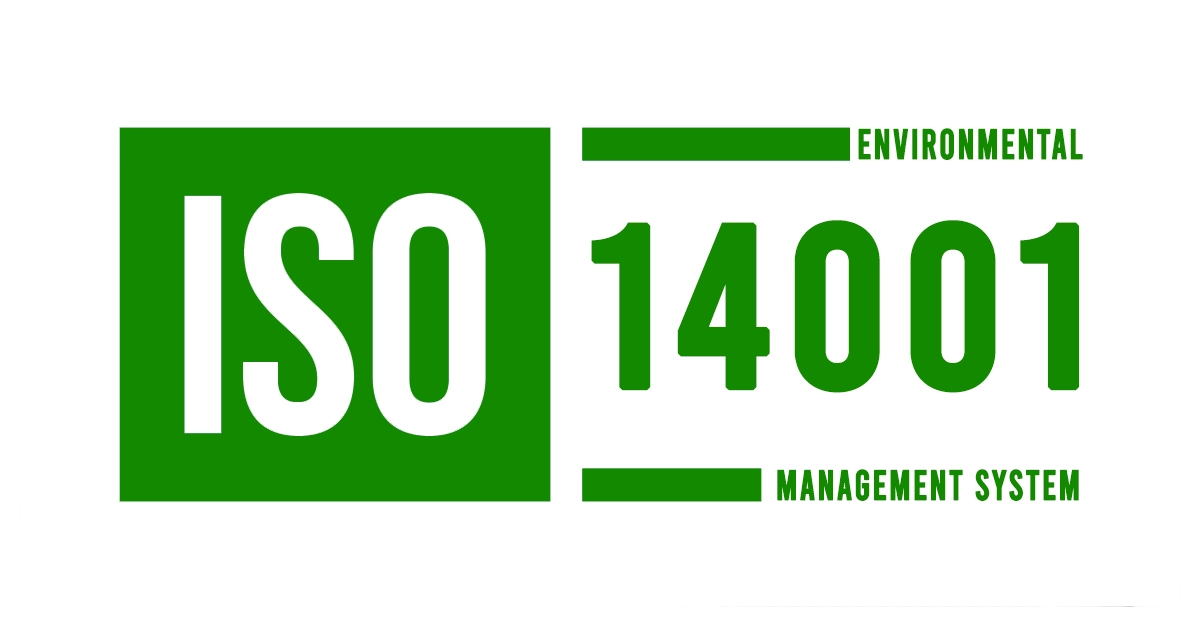Table of Contents
ToggleIntroduction
Environmental issues have become a growing concern in recent years, with the world facing the consequences of climate change, pollution, and other environmental problems. For businesses, this means taking responsibility for their impact on the environment and implementing sustainable practices that reduce their carbon footprint. One way to achieve this is by implementing an environmental management system (EMS) based on the International Organization for Standardization (ISO) 14001 standard.
What is ISO 14001?
ISO 14001 is an internationally recognized standard that provides a framework for businesses to establish an EMS. The standard outlines a systematic approach to managing environmental impacts and improving sustainability practices. By implementing ISO 14001, businesses can demonstrate their commitment to environmental responsibility and gain a competitive advantage in the marketplace.
Benefits of Implementing ISO 14001
Implementing ISO 14001 offers many benefits for businesses, including:
- Improved environmental performance: By implementing an EMS based on ISO 14001, businesses can identify and manage their environmental impact, reducing their carbon footprint and improving their sustainability practices.
- Compliance with regulations: ISO 14001 helps businesses comply with environmental regulations and avoid penalties for non-compliance.
- Cost savings: By reducing waste and improving efficiency, businesses can save on energy costs and reduce operational expenses.
- Competitive advantage: Implementing ISO 14001 can help businesses differentiate themselves from competitors and attract environmentally conscious customers.
- Improved stakeholder relations: Demonstrating a commitment to environmental responsibility can improve relationships with stakeholders, including customers, investors, and regulators.
Implementing ISO 14001
Implementing ISO 14001 requires a systematic approach, involving the following steps:
- Environmental review: Conduct a thorough review of the business’s environmental impact, including energy use, waste generation, and emissions.
- Setting objectives and targets: Establish clear objectives and targets for improving environmental performance, such as reducing energy consumption or increasing recycling rates.
- Developing an EMS: Develop an EMS that outlines the processes and procedures for achieving the objectives and targets.
- Training and communication: Ensure that all employees are trained on the EMS and understand their roles and responsibilities in achieving the objectives and targets.
- Monitoring and measurement: Establish procedures for monitoring and measuring environmental performance, including regular audits and reviews.
- Continual improvement: Continuously review and improve the EMS to ensure that it remains effective and aligned with the business’s objectives and targets.
ISO 14001 Certification
ISO 14001 certification is an optional step, but it can provide businesses with a competitive advantage and demonstrate their commitment to environmental responsibility. To become certified, businesses must undergo an audit by an accredited certification body to verify that their EMS meets the requirements of the ISO 14001 standard.
Conclusion
Implementing ISO 14001 is a crucial step for businesses looking to improve their environmental performance and demonstrate their commitment to environmental responsibility. By following a systematic approach and implementing an EMS based on ISO 14001, businesses can reduce their carbon footprint, save on costs, and gain a competitive advantage in the marketplace. With the growing demand for sustainable practices, implementing ISO 14001 is a wise investment for businesses looking to secure their long-term success.







